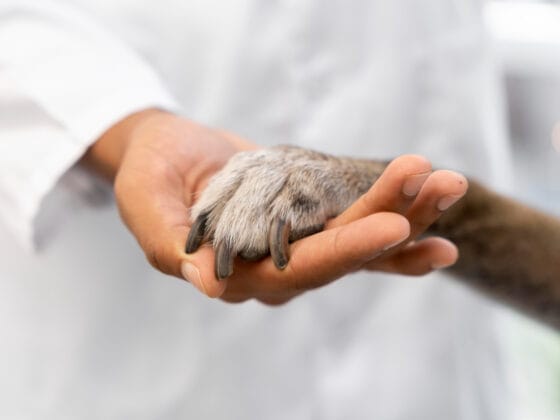Does a Dog Sweat? Understanding the Physiology of Dogs
When it comes to our furry friends, there are many questions that arise regarding their behavior and physiology. One common question that dog owners often ask is, „Czy pies się poci?” which translates to „Does a dog sweat?” in Polish. In this article, we will explore the fascinating world of canine physiology to understand how dogs regulate their body temperature and whether they sweat like humans.
The Cooling Mechanism of Dogs
Unlike humans, dogs do not have sweat glands distributed all over their bodies. Instead, they rely on different mechanisms to cool down and maintain their body temperature. The primary cooling mechanism for dogs is panting. When a dog pants, it rapidly breathes in and out, allowing moisture to evaporate from their tongue and respiratory tract. This evaporation process helps dissipate heat and cools down the dog’s body.
Additionally, dogs have sweat glands, but they are not as abundant as in humans. Dogs have sweat glands located on their paw pads, which help them release a small amount of sweat. However, the sweat produced by these glands is minimal compared to the amount humans produce, and it is not a significant factor in regulating their body temperature.
Alternative Cooling Methods
While panting is the primary cooling mechanism for dogs, they also employ other methods to cool down in extreme heat or during intense physical activity. Some of these methods include:
- Seeking shade: Dogs instinctively look for shaded areas to escape direct sunlight and reduce their exposure to heat.
- Lying on cool surfaces: Dogs often lie on cool tiles or concrete floors to transfer heat away from their bodies.
- Swimming: Many dogs enjoy swimming as a way to cool down, as the water helps dissipate heat from their bodies.
Case Studies and Research
Several studies have been conducted to understand how dogs regulate their body temperature and whether they sweat. One study published in the Journal of Applied Physiology examined the sweat gland distribution in various dog breeds. The researchers found that while dogs do have sweat glands, they are not as numerous as in humans and are primarily located on their paw pads.
Another study conducted by the University of California, Davis, focused on the cooling efficiency of panting in dogs. The researchers measured the respiratory rate and evaporative cooling capacity of panting dogs and concluded that panting is an effective cooling mechanism for dogs, allowing them to dissipate heat efficiently.
Conclusion
So, does a dog sweat? While dogs do have sweat glands, they are not the primary means of cooling for these furry companions. Dogs rely on panting as their main cooling mechanism, allowing them to regulate their body temperature effectively. Understanding how dogs cool down is crucial for dog owners, as it helps them provide a comfortable and safe environment for their pets, especially during hot weather or intense physical activity.
Next time you see your dog panting on a hot day, remember that they are not sweating like humans but are using their unique cooling mechanisms to stay cool and comfortable. By providing shade, access to water, and avoiding excessive physical exertion in extreme heat, you can help ensure your dog’s well-being and prevent overheating.







